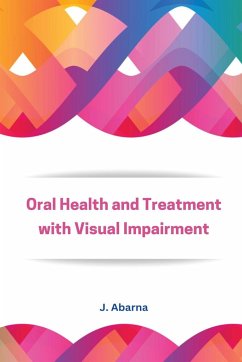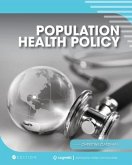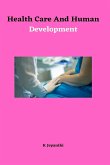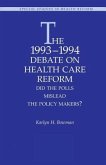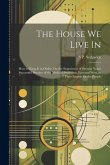The purpose of this study was to assess the oral health and treatment needs of patients with visual impairment. A descriptive cross-sectional study was conducted on 207 visually impaired patients who visited the special care dentistry department, Saveetha Dental College & Hospital and in a private institute housing visually impaired patients (Annai blind institute-Chennai) during the period of December 2019 to March 2021. Each participant's demographic data was documented. The WHO Oral Health Assessment form for Adults, 2013 was filled after oral examination was done using Type III clinical examination. The WHO Oral Health Questionnaire for Adults, 2013 were read aloud to each patient and the options for each question were provided, following which their response was recorded. The mean DMFT score was 5.98 and dental caries were present in 129(62.3%) study participants. Gingival bleeding and periodontal disease was present in 196(94.69%) and in 168(81.16%) study participants respectively. Oral mucosal lesion was prevalent in 14% of the study population. 146(71%) participants required prompt dental treatment such as scaling, restorations, extractions and replacement of missing teeth, while 58(28%) participants required immediate dental treatment due to presence of pain or infection of dental origin such as advanced dental caries, periapical abscess and OPMD. Only 3(1%) participants out of 207 did not require any dental treatment.

